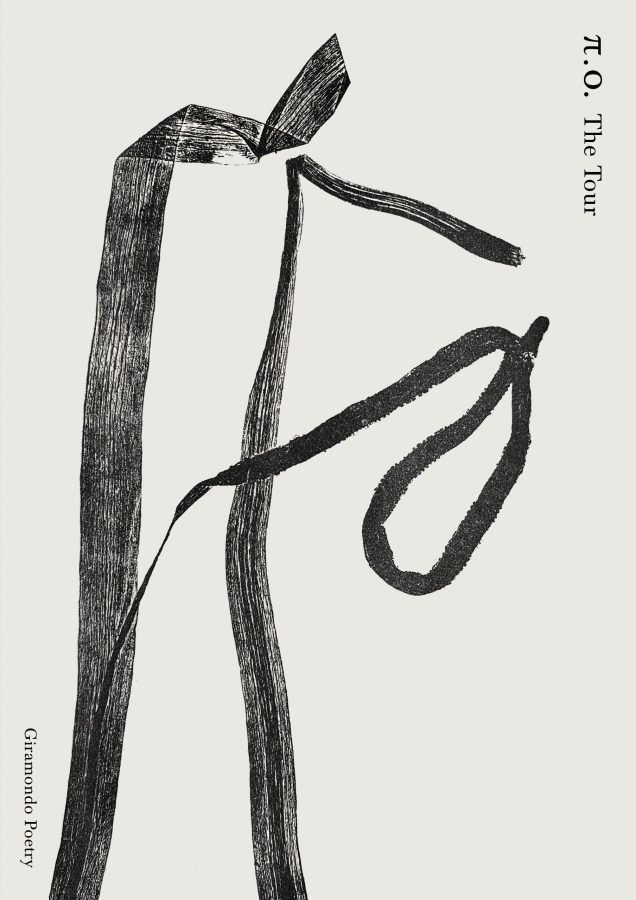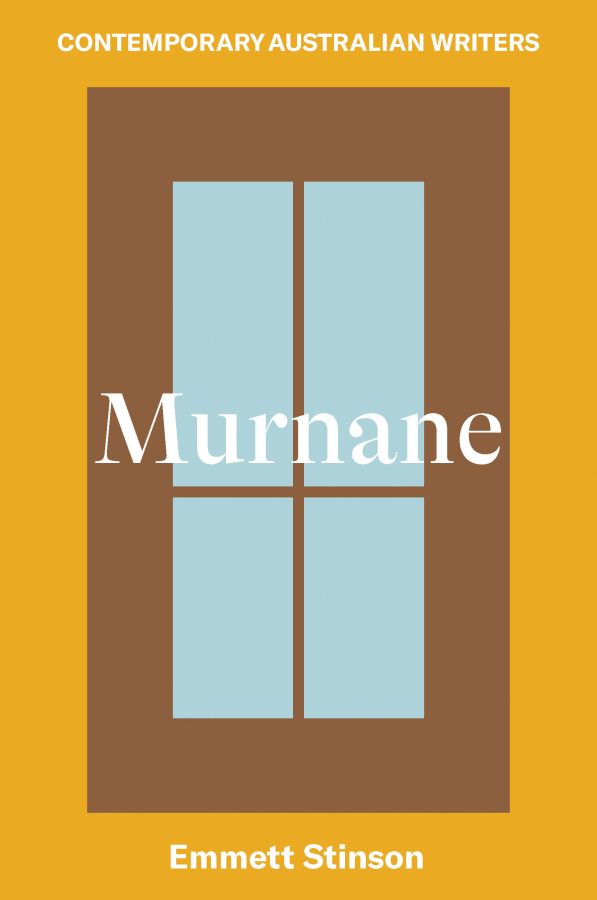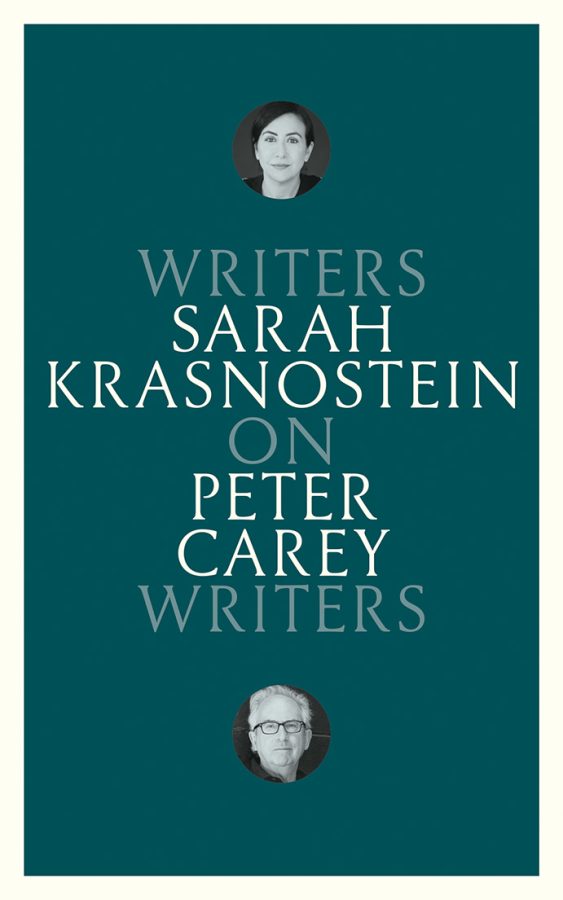
It is interesting, the way some lines of poetry stay with you, because of their rhythm, the images they evoke, something magical about their language, the feelings they play on, or all of these things together. I often recall the following lines from Kenneth Slessor’s poem ‘Out of Time’, though I can never remember them clearly enough to recite or write them down – what stays in my mind are just a few scattered elements, the image of yachts, the phrase ‘foxed with air’, and the compound adjective ‘quince-bright’:
I saw Time flowing like the hundred yachts
That fly behind the daylight, foxed with air;
Or piercing, like the quince-bright, bitter slats
Of sun gone thrusting under Harbour’s hair.
Who could doubt that this is a Sydney Harbour poem! I always think of the yachts as flying before the wind, but in fact the poem has it the other way around, they ‘fly behind the daylight’. What does this mean? They pursue their course, not in the daylight, but behind it, in another more mysterious region – they are not screened off or veiled, but they do seem elusive, and are in flight. If you think of the sun as striking their sails, and reflecting off them, then the yachts are, quite literally, flying behind daylight – and in this context, covered by their sails, you do get a sense of them as moving behind a screen.
The phrase that I remember, though, is ‘foxed with air’. In their edition of Slessor’s Complete Poems (1994), Dennis Haskell and Geoffrey Dutton gloss ‘foxed’ as ‘intoxicated’, a meaning that has never occurred to me. The Macquarie gives it as obsolete, and even though Slessor liked curios, I am happy to leave it that way. The more immediate meaning for the phrase ‘foxed with air’ is surely ‘deceived by air’ or ‘confused by air’ – the cunning of the fox is of course proverbial, so you don’t have to be a sailor or a hunter to appreciate the metaphor. And there is also the meaning we normally associate with the ‘foxing’ of the pages of old books, and books and prints that have aged prematurely, whether because of the poor quality of their paper, or the conditions in which they have been kept. The effect is like that of mottled or blemished skin. It is the sails that are foxed here, by the uneven effects of daylight or wind, and they are a kind of skin.
The poem is about Time, in both its enthralling and destructive aspects, so it is very much to Slessor’s point (he doesn’t capitalise ‘Time’ because he thinks of it as a friend), that the momentary and elusive beauty of the procession of yachts should already, at their first appearance, be stamped with the marks of age. By the end of the poem, the procession of yachts has turned into a cortege:
The gulls go down, the body dies and rots,
And Time flows past them like a hundred yachts.
Nevertheless, my memory of the poem is one of light and air and colour, due no doubt to the influence of the adjective ‘quince-bright’. Quinces are just now coming into the shops, and their bright lemon colour is like a light shining in the colder days and longer nights of autumn. It doesn’t work in quite this consoling way in these lines though, it pierces, ‘like the quince-bright, bitter slats / of sun gone thrusting under Harbour’s hair’. It is hard to think of quinces without recalling the taste of them when cooked, their ruby colour, their syrupy sweetness – but that sweetness gets mixed up here with bitterness and sharpness, just as the sun’s reflected ‘thrusting’, in the following line, suggests both tenderness and a physical urgency.
That piercing, that urgency, Slessor attributes to Time in its relentless chronological aspect:
Vilely, continuously, stupidly,
Time takes me, drills me, drives through bone and vein
But in another, equally immediate way, it is also the piercing of chronology by the moment of vision, which breaks through time, and seems to suspend it. In this poem Slessor calls it ‘the lovely moment’, the ‘sweet meniscus’. You know you’re in that moment here, not only because of the alluring power of the imagery, and its sensual appeal, but because of the spell of the words and their sounds – ‘quince-bright, bitter slats / of sun gone thrusting under Harbour’s hair’ – the repetition of ‘t’s and then ‘h’s, the alternation of short and long vowels. It’s a bit like the sound a fork makes when struck against a wine glass – a sudden sharpness and then a commanding resonance, a call to attention. There’s a similar suspension demanded towards the end of Slessor’s most famous poem, ‘Five Bells’, as the poet looks across the harbour ‘at waves with diamond quills and combs of light / That arched their mackerel-backs and smacked the sand’, where the repeated ‘k’ sounds do the work of the ‘t’s in ‘Out of Time’.
It is hard to talk about rhythm in poetry without getting technical, and particularly here, in relation to the variations and unexpected stresses Slessor inserts into what sound at first like perfectly conventional iambic pentameter lines. One sets out to read them that way, unstress-stress, unstress-stress, five feet in all, to the end of each line. But you can’t leave the word ‘Time’ unstressed as the conventional expectation demands, when it is wearing a capital T like that, so right away the first iamb wants to become an anapest, and since you can’t avoid putting a stress on the first syllable of ‘flowing’, you have to follow with a trochee – two stresses in a row then, which has the effect of slowing the line just as it is getting underway. The effect is similar to the repetition of vowels and consonants in the lines about quinces and slats, slowing the onward progress of your reading, drawing attention to the moment, before allowing it to resume again. And so the poem goes, with this rhythm of eddy and flow, immediacy and continuity, like the experience of time itself.
Slessor had a complicated relation to time. He had an illustrious past in poetry and music, on his father’s side, which stretched back through birth and association to Heinrich Heine, but which he could not acknowledge openly as his during the period in which he wrote – the 1920s and 1930s – or afterwards for that matter – because it was German and Jewish. And he had a foreshortened future, as a writer of poetry. ‘Out of Time’ was one of his last poems, written in 1938, when he was only 37, though he was 70 when he died. In a very real sense, which must have been apparent to him when he was writing the poem, judging by its intensity, he was out of time.
There, then, for those readers who find reading poetry a trial, and would rather not bother – that wasn’t too difficult, was it?
This week Sydney Review of Books turns its attention to two Australian writers, one a poet, the other a novelist. In ‘Rampant verbal flowering’, Jessica L. Wilkinson looks at the lastest poetry collection by joanne burns, whose work is notable for its formal variation and its dark humour. The poetry in brush, argues Wilkinson, forsakes clarity for ‘the head spin, the exploding lobe’. Yet Wilkinson finds that the collection achieves an ‘alternative clarity’, one that
artfully purifies a contemporary experience – media saturation, information overload, advertising bombardment, excess consumption, political vertigo and decay – offering a humorous, perhaps nonchalant attitude as a pathway through the heady jumble that constitutes our existence.
In this week’s second essay, ‘A soulful longing’, Bernadette Brennan considers the latest book by Amanda Lohrey, A Short History of Richard Kline. Lohrey’s first novel since 2004 is presented as a modern day Pilgrim’s Progress. It follows the spiritual quest of its title character, who feels there is something missing from his life, though, as Brennan notes, the author ‘never forces him to interrogate thoroughly what generates his sense of loss. Throughout the novel it remains an abstract given.’ This vagueness, argues Brennan, limits the novel’s capacity to illuminate:
A large part of the novel’s inquiry is carried by one not very sympathetic character. Because Lohrey constructs Richard without irony, he is not capable of any great insights. Because we are forever inside Richard’s head, we do not experience moments of soaring beauty or joy, or indeed harrowing despair.
From the Archives continues this week’s poetry theme with one of the first articles ever published in Sydney Review of Books, all the way back in January 2013. Kate Middleton’s ‘God and Pogo Sticks’ is a thoughtful essay on the work of MTC Cronin, whose ‘haunting poems’, Middleton observes, ‘make the familiar strange again’.
Our image this week comes from Murray Cammick who photographed the people and V8 cars on Queen Street, Auckland between 1975 and the early 1980s. The exhibition has been made possible by the rediscovery of negatives that had been lost until last year. You can find out more about the photographs by reading the transcript of a conversation between Murray Cammick and George Hubbard.





